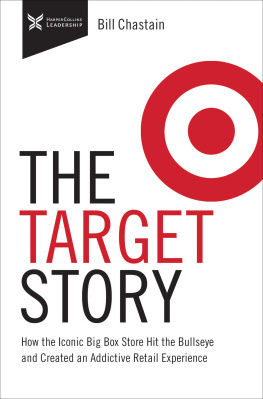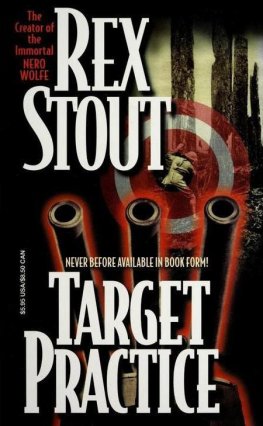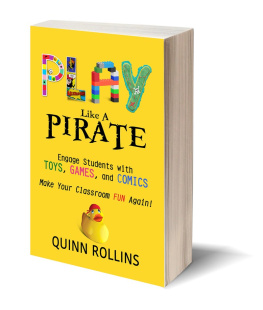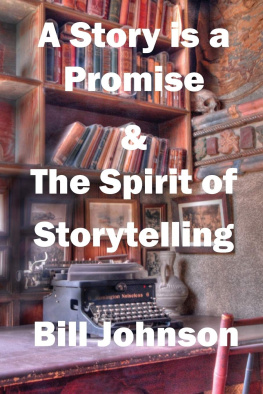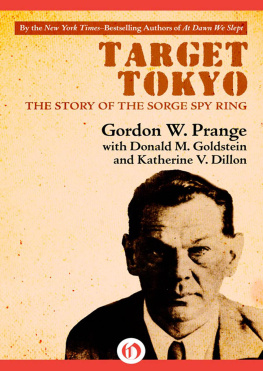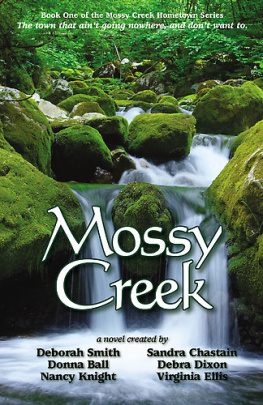Bill Chastain - The Target Story
Here you can read online Bill Chastain - The Target Story full text of the book (entire story) in english for free. Download pdf and epub, get meaning, cover and reviews about this ebook. year: 2020, publisher: Harpercollins Leadership, genre: Detective and thriller. Description of the work, (preface) as well as reviews are available. Best literature library LitArk.com created for fans of good reading and offers a wide selection of genres:
Romance novel
Science fiction
Adventure
Detective
Science
History
Home and family
Prose
Art
Politics
Computer
Non-fiction
Religion
Business
Children
Humor
Choose a favorite category and find really read worthwhile books. Enjoy immersion in the world of imagination, feel the emotions of the characters or learn something new for yourself, make an fascinating discovery.
- Book:The Target Story
- Author:
- Publisher:Harpercollins Leadership
- Genre:
- Year:2020
- Rating:4 / 5
- Favourites:Add to favourites
- Your mark:
- 80
- 1
- 2
- 3
- 4
- 5
The Target Story: summary, description and annotation
We offer to read an annotation, description, summary or preface (depends on what the author of the book "The Target Story" wrote himself). If you haven't found the necessary information about the book — write in the comments, we will try to find it.
The Target Story — read online for free the complete book (whole text) full work
Below is the text of the book, divided by pages. System saving the place of the last page read, allows you to conveniently read the book "The Target Story" online for free, without having to search again every time where you left off. Put a bookmark, and you can go to the page where you finished reading at any time.
Font size:
Interval:
Bookmark:
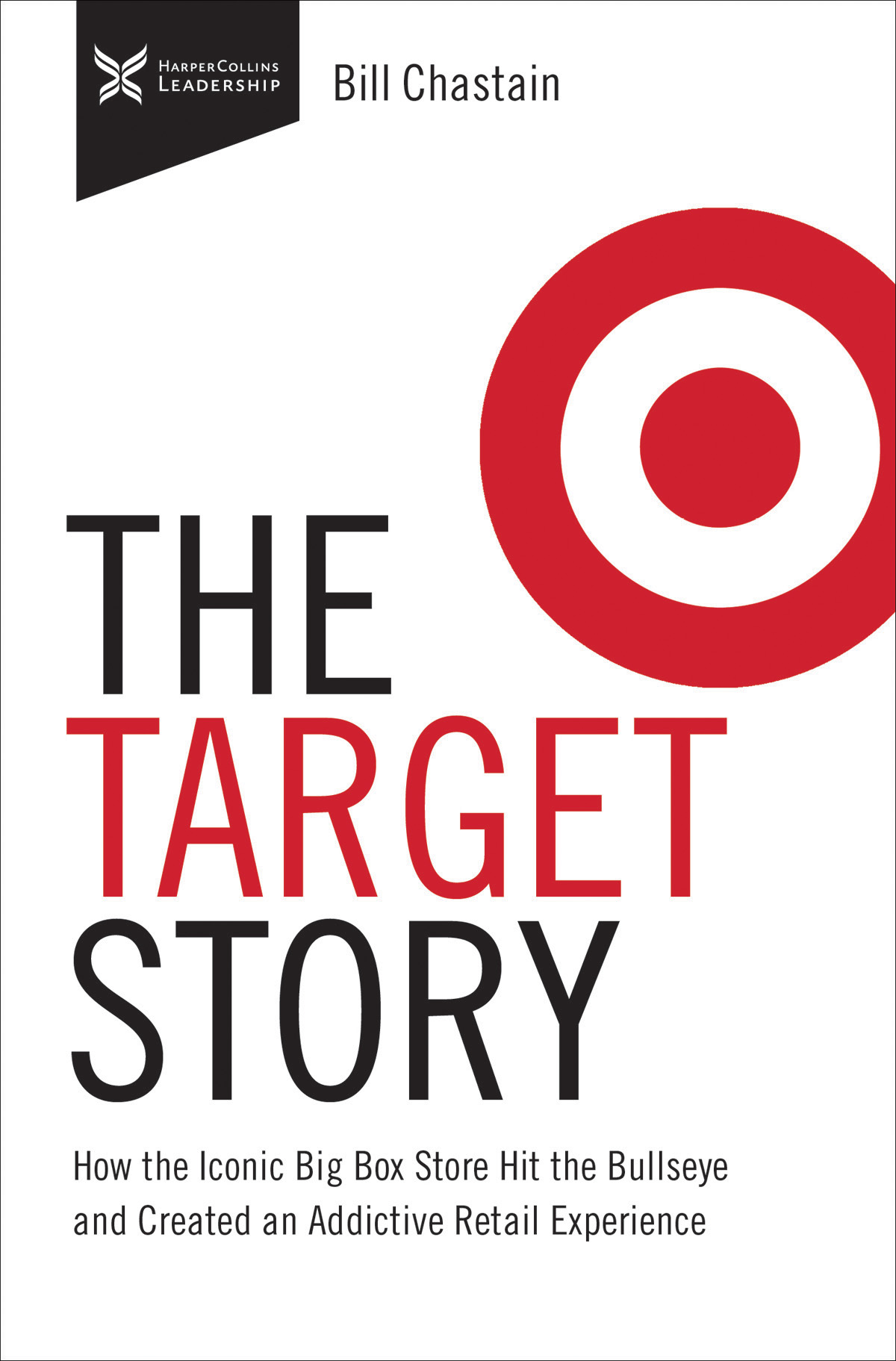
2020 HarperCollins Leadership
All rights reserved. No portion of this book may be reproduced, stored in a retrieval system, or transmitted in any form or by any meanselectronic, mechanical, photocopy, recording, scanning, or otherexcept for brief quotations in critical reviews or articles, without the prior written permission of the publisher.
Published by HarperCollins Leadership, an imprint of HarperCollins Focus LLC.
Published in association with Kevin Anderson & Associates:
https://www.ka-writing.com/.
Book design by Aubrey Khan, Neuwirth & Associates.
ISBN 978-1-4002-1895-0 (eBook)
ISBN 978-1-4002-1894-3 (HC)
Epub Edition August 2020 9781400218950
Library of Congress Control Number: 2020941536
Printed in the United States of America
20 21 22 23 LSC 10 9 8 7 6 5 4 3 2 1
Information about External Hyperlinks in this ebook
Please note that the endnotes in this ebook may contain hyperlinks to external websites as part of bibliographic citations. These hyperlinks have not been activated by the publisher, who cannot verify the accuracy of these links beyond the date of publication
If were doing the right things for our communities, and making communities stronger, our business will also benefit.
BRIAN CORNELL, Target CEO
T argets brand promise is simple, yet complex: Expect more. Pay less.
Fulfilling that idealistic promise requires expertise in areas like supply chain, inventory control, replenishment, merchandising, marketing, customer service, advertising, and innovation to name a few. Putting all those pieces together, working as one, has enabled the retail giant to help all families discover the joy of everyday life. Satisfying guests is the secret sauce that has fueled Targets immense success.
Today, Target has over 350,000 employees and operates stores in all fifty states and in the District of Columbia. Approximately 75 percent of the US population lives within ten miles of a Target store, giving them easy accessibility. The company is a talent-based organization that is heavily immersed in its culture and core values. Those values and the culture have evolved to reflect a more modern-day retail organization, yet the purpose of helping all families discover joy is grounded in the chains foundation.
Today, Target has over 350,000 employees and operates stores in all fifty states and in the District of Columbia. Approximately 75 percent of the US population lives within ten miles of a Target store, giving them easy accessibility.
I think that there are some principles that have been long lasting in the company, said Brian Cornell, Target CEO and chairman. The focus on giving back.... And this general belief that if were doing the right things for our communities, and making communities stronger, our business will also benefit. But I think that goes all the way back to the founding family.
George Draper Dayton was born on March 6, 1857, in Clifton Springs, New York, in the western part of the state.
The Daytons family lineage could be traced back to Ralph Dayton, a shoemaker who arrived to the New World in the 1600s from County Kent, England. Ralph eventually settled in East Hampton, New York, where he served as the towns constable as well as an interpreter to the Native Americans. Another relative, Jonathan Dayton, earned recognition as a New Jersey politician and for being the youngest to sign the United States Constitution; Dayton, Ohio, was named after him.
Georges parents, David and Caroline Dayton, were a religious couple. David was a successful doctor and surgeon as well as a devout Presbyterian; his wife was a Methodist. Their actions set an altruistic example for George, who gravitated to the church. After passing the entrance exam for Hobart College in 1873, he hoped to enroll and study to become a minister. But his plans changed when the Panic of 1873 thrust the country into a depression.
George had worked at a nursery since the age of eleven, where he made 37 cents a day. He continued to work at the nursery the summer after finishing high school in Clifton, New York. That fall of 1873, his father took note of how many businesses were already experiencing financial difficulty. George McMillan ran one of the stressed businesses and asked Dr. Dayton for financial help. That led Dr. Dayton to offer an apprenticeship for his sons services.
George borrowed money from his father and became owner of the business at seventeen. While his work ethic helped him thrive in his business, the hours he kept eventually took their toll. After trying to work consecutive twenty-four-hour shifts, he got sick, prompting Dr. Dayton to sell his sons business and help him regain his health. When George recovered, he returned to the workplace with perspective. John Mackay, who owned a lumberyard and had a banking business, hired Dayton.
Though he was only sixteen, George had a work ethic that caught McMillan off guard. He had not fathomed that George would earn any commission. But Georges ambition led him to solicit sales in the evenings, and by the end of the year, he had earned approximately $1,500. McMillan could not pay, so he suggested that George buy the coal and lumberyard.
Through investments and the sale of his business, George managed to save $5,000 by age twenty-one, paving the way for him to marry his longtime sweetheart, Emma Chadwick, on December 17, 1878, in Montour Falls, New York.
Emmas parents were both heavily invested in education. Her father, Edmund C. Chadwick, a professor, had even been a classmate and personal friend of Ralph Waldo Emerson. Emma quite naturally was drawn to her profession as a teacher.
Having experienced the struggles created by a lack of money, George and Emma agreed to set aside $5 every week, putting into place a shared habit of saving.
Among Georges duties while working for Mackay were to be in charge of his office and banking business. Typical of George, he had wowed Mackay with his business acumen, as well as New York investors, who were so impressed by Georges business mind, judgment, and integrity that they enlisted him to help with their mortgage holdings in the Midwest. They sent George to Worthington, Minnesota, to gain insight into why the investments theyd made through the local bank, the Bank of Worthington, had gone south. George followed instructions, then reported back to the New York investors that Minnesota farmers had suffered a six-year run of bad luck that included a grasshopper scourge and bad weather. The effects of those circumstances had proved devastating, prompting many to leave behind their farms and their debts. George suggested that the investors ought to put somebody in place locally to look after their investments. They agreed and urged George to become that guy. Backed by investors, he bought the Bank of Worthington and moved to Worthington to take charge of the bank in April of 1883.
George sorted out the banks bad mortgages and debts then resold the land, even convincing the New York investors to put more money into Worthington. That exercise led to his forming the Minnesota Loan & Investment Co. of Worthington, which concentrated on buying and selling farm property and lending money to farmers.
By the 1890s, George and his cohorts at Minnesota Loan & Investment expanded their interests to include city properties. George checked out the prospects for several cities, including Salt Lake City, St. Paul, Omaha, St. Louis, Kansas City, and Minneapolis. Minneapolis served as a railroad hub and boasted of healthy lumber and flour mill industries on the Mississippi River, which influenced Georges decision. He never looked back, immersing himself in what would become a lifelong love affair with Minneapolis and its community.
Font size:
Interval:
Bookmark:
Similar books «The Target Story»
Look at similar books to The Target Story. We have selected literature similar in name and meaning in the hope of providing readers with more options to find new, interesting, not yet read works.
Discussion, reviews of the book The Target Story and just readers' own opinions. Leave your comments, write what you think about the work, its meaning or the main characters. Specify what exactly you liked and what you didn't like, and why you think so.

